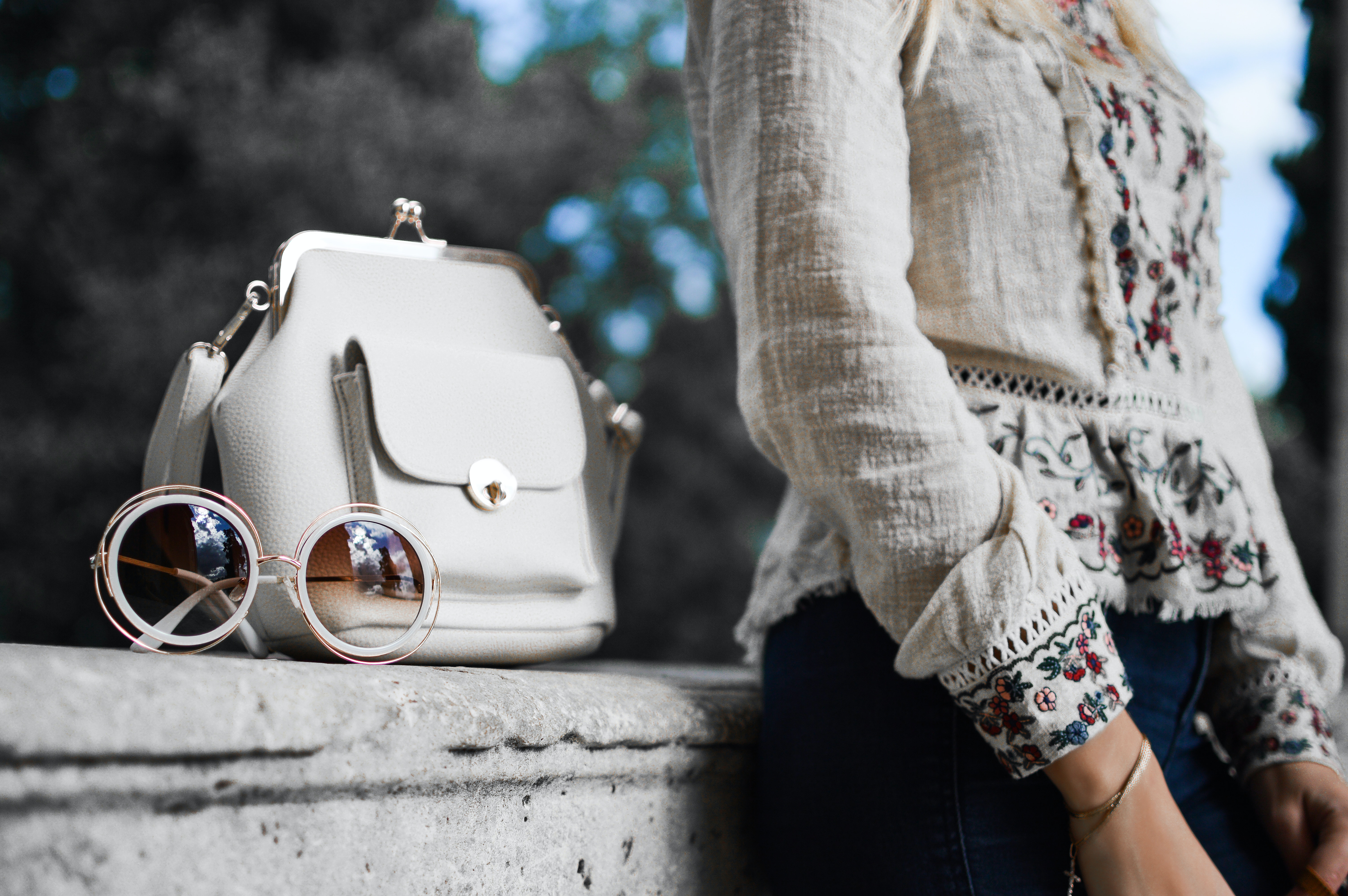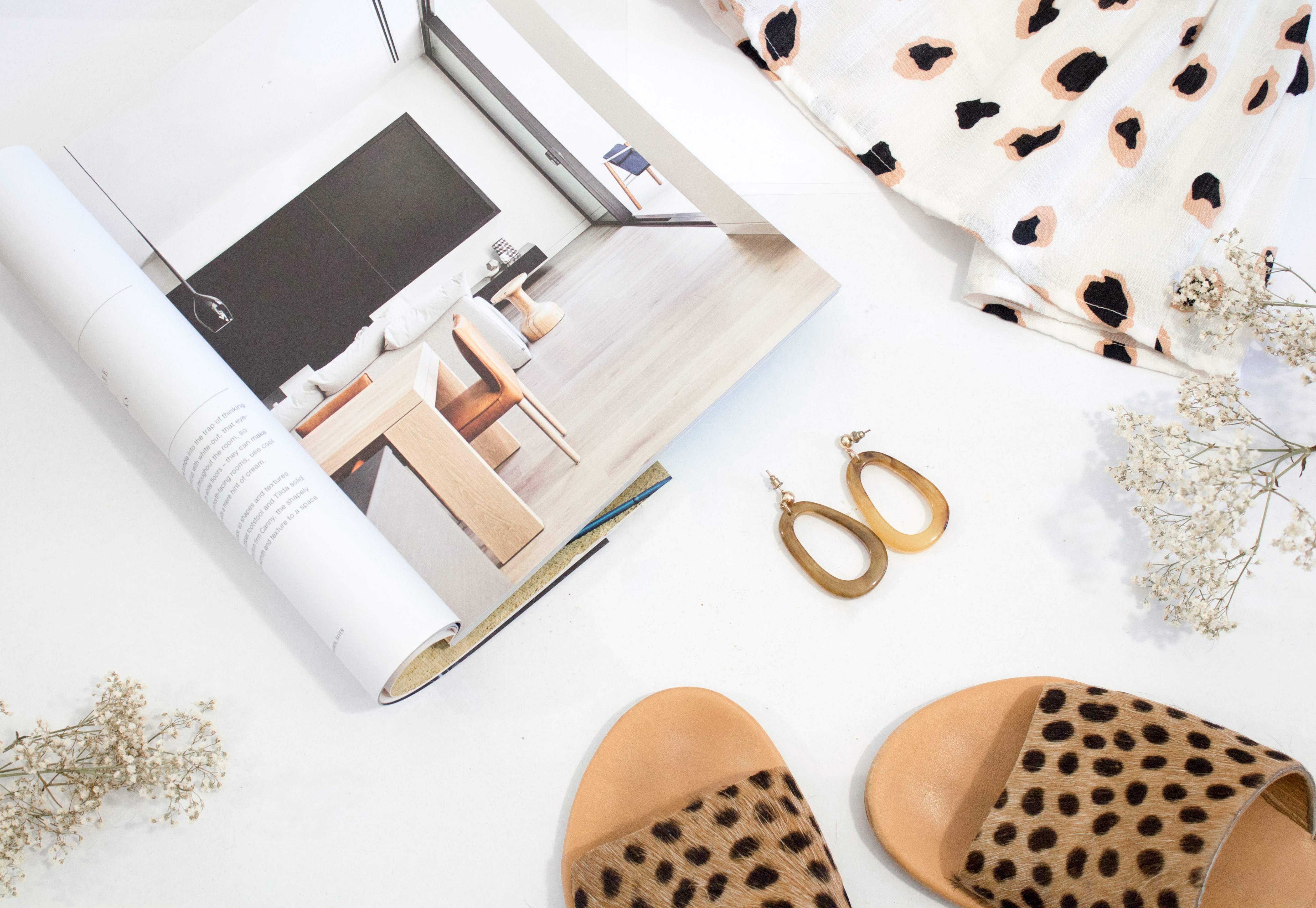The Power of Fashion Photography in Shaping Style and Culture
Fashion photography is a dynamic and influential medium that plays a pivotal role in shaping style trends, defining cultural narratives, and capturing the essence of fashion in visual storytelling. Here’s an exploration of the power of fashion photography and its impact on style and culture:
1. Visual Storytelling and Creativity
Artistic Expression: Fashion photography merges artistry with commercial appeal, showcasing clothing, accessories, and styling in visually captivating ways. Photographers use lighting, composition, and settings to convey mood, narrative, and brand identity.
Creative Collaboration: Collaboration between photographers, stylists, makeup artists, and models results in cohesive visual narratives that inspire and resonate with viewers. These collaborations push creative boundaries and set new standards in fashion imagery.
2. Setting Style Trends
Editorial Influence: Editorial fashion photography in magazines such as Vogue, Harper's Bazaar, and Elle sets trends by featuring avant-garde designs, emerging designers, and iconic fashion houses. Editorial spreads influence consumer tastes, inspiring fashion enthusiasts and industry professionals alike.
Campaigns and Advertisements: Fashion campaigns by renowned brands feature photography that communicates brand ethos, lifestyle aspirations, and seasonal trends. Campaign images influence consumer purchasing decisions and establish brand identity.
3. Cultural Reflection and Impact
Cultural Context: Fashion photography reflects cultural values, societal norms, and historical influences. Photographers capture moments that resonate with cultural movements, diversity, and evolving perceptions of beauty.
Social Commentary: Some fashion photographs serve as social commentary, addressing issues such as gender identity, sustainability, and inclusivity. Photographers use their platform to provoke thought and challenge stereotypes through imagery.
4. Celebrating Diversity and Inclusivity
Representation: Fashion photographers play a crucial role in promoting diversity by capturing images that celebrate different ethnicities, body types, ages, and gender identities. Inclusive photography contributes to a more representative and equitable fashion industry.
Empowerment: Empowering subjects through photography fosters self-expression and confidence. Models, activists, and artists collaborate with photographers to amplify their voices and advocate for social change.
5. Technological Advancements and Innovation
Digital Transformation: Digital photography and editing techniques enable photographers to experiment with color grading, visual effects, and digital manipulation. These advancements redefine aesthetic standards and enhance storytelling capabilities.
Virtual and Augmented Reality: Emerging technologies like virtual reality (VR) and augmented reality (AR) expand the possibilities of fashion photography, offering immersive experiences and interactive storytelling for viewers.
6. Legacy and Influence
Photographic Legacy: Iconic fashion photographers such as Richard Avedon, Helmut Newton, and Annie Leibovitz have left a lasting legacy, influencing generations of photographers and shaping the evolution of fashion photography.
Global Reach: Fashion photography transcends borders, reaching global audiences through digital platforms, exhibitions, and publications. It bridges cultural differences, fosters cross-cultural dialogue, and promotes global fashion exchange.
Conclusion
Fashion photography remains a potent force in shaping style trends, influencing cultural narratives, and defining the visual language of fashion. Through artistic expression, editorial influence, cultural reflection, and technological innovation, photographers wield significant influence in the fashion industry. As the medium continues to evolve, its power to inspire, provoke thought, and celebrate diversity ensures its enduring relevance in capturing the ever-changing landscape of style and culture.














